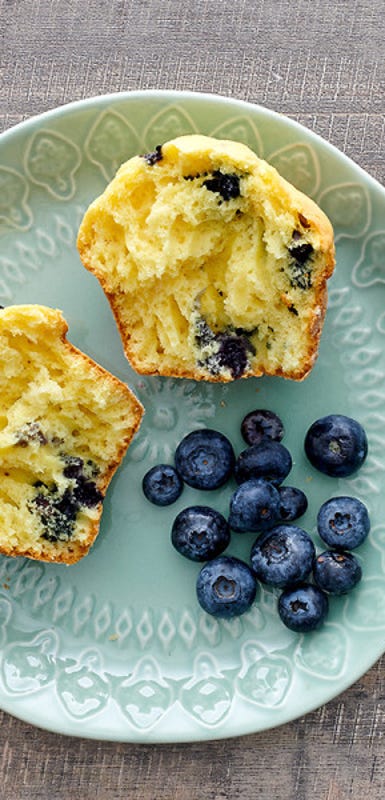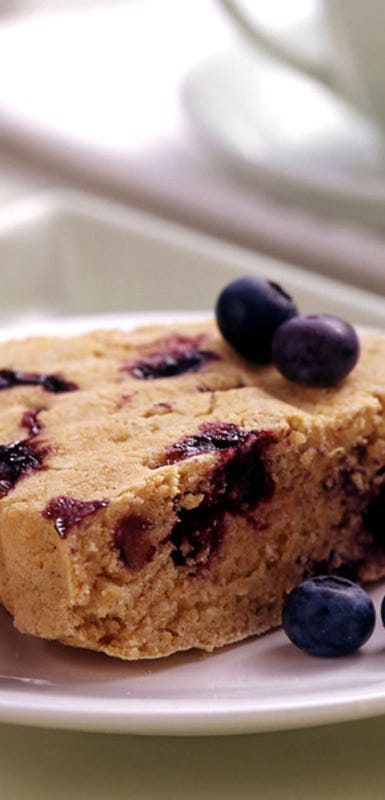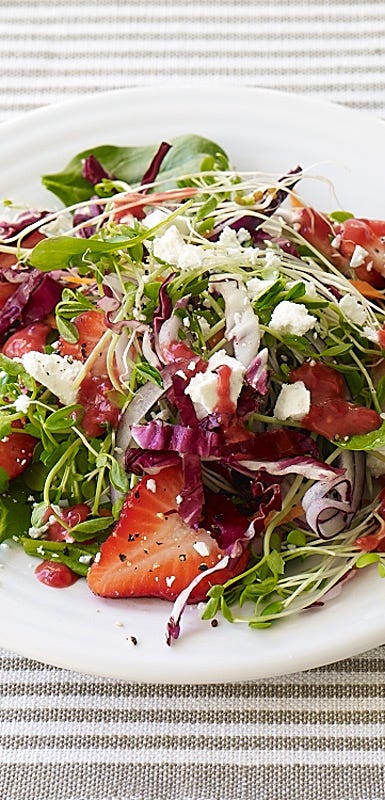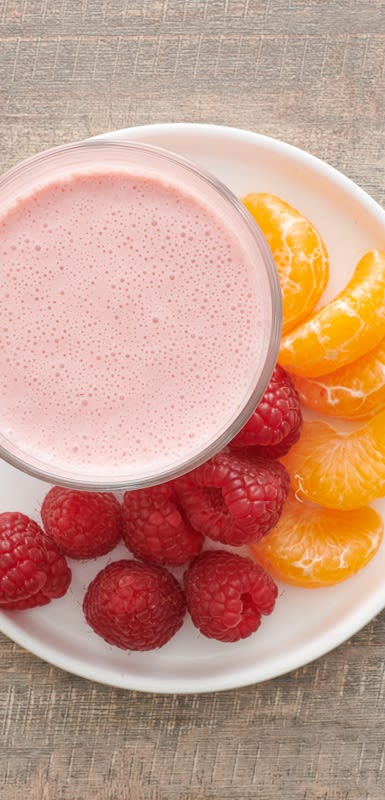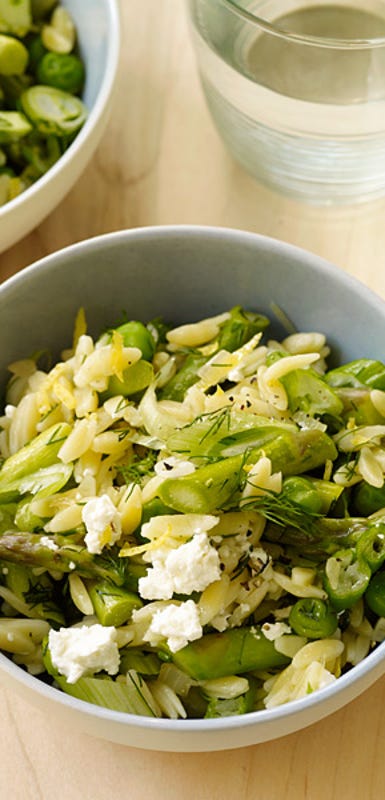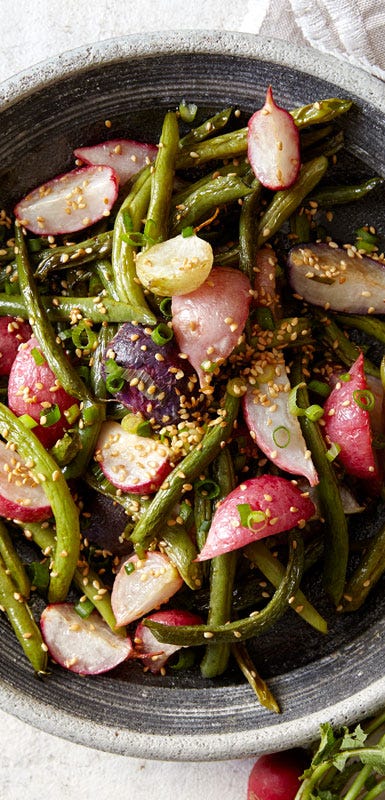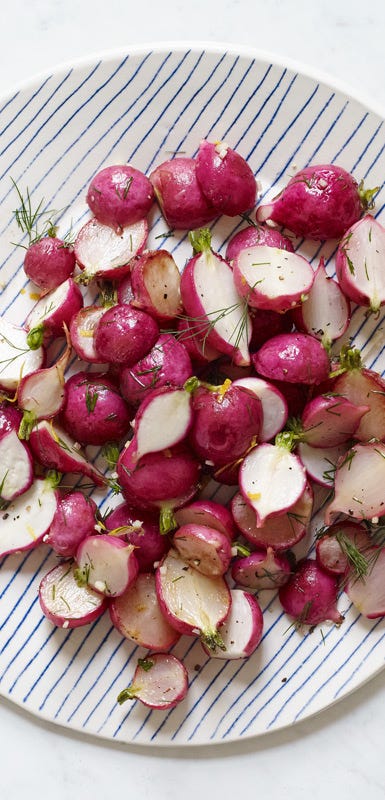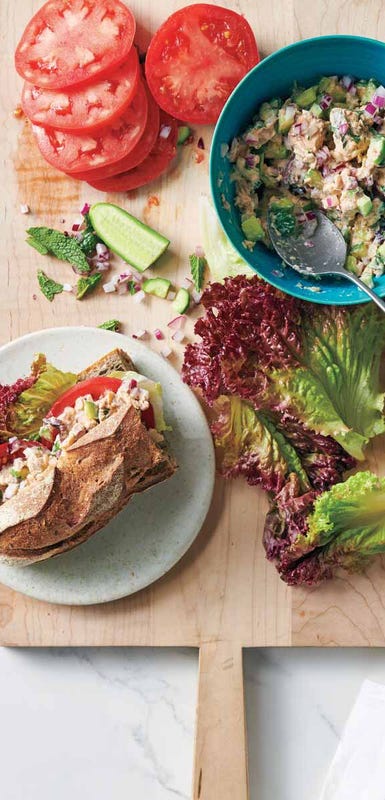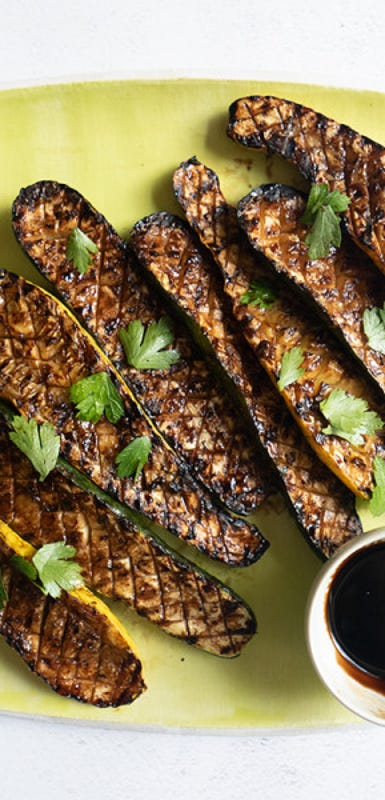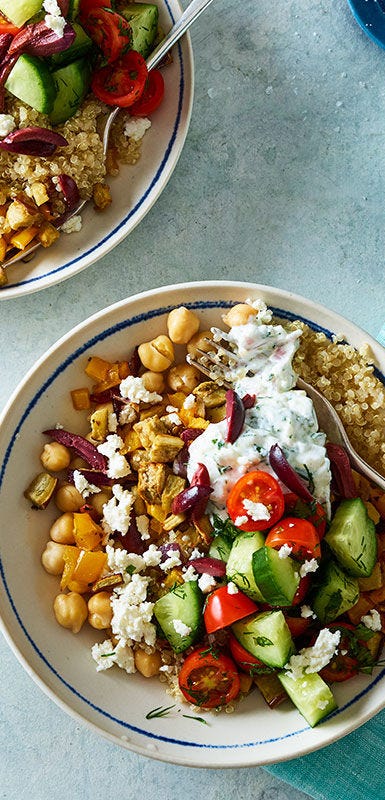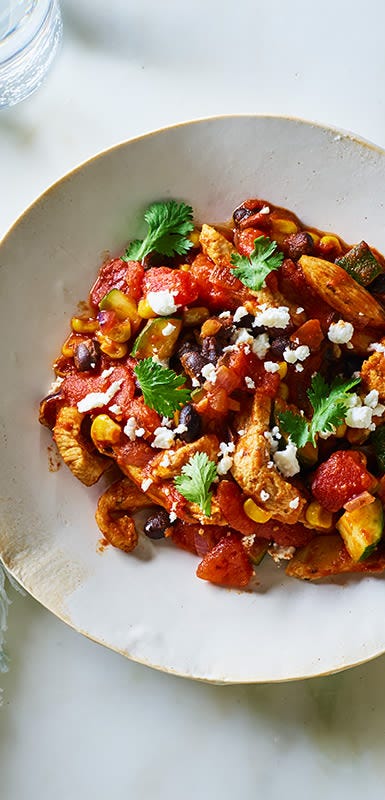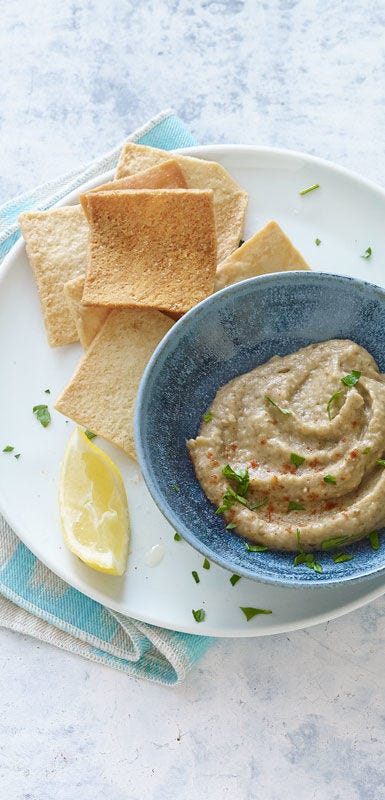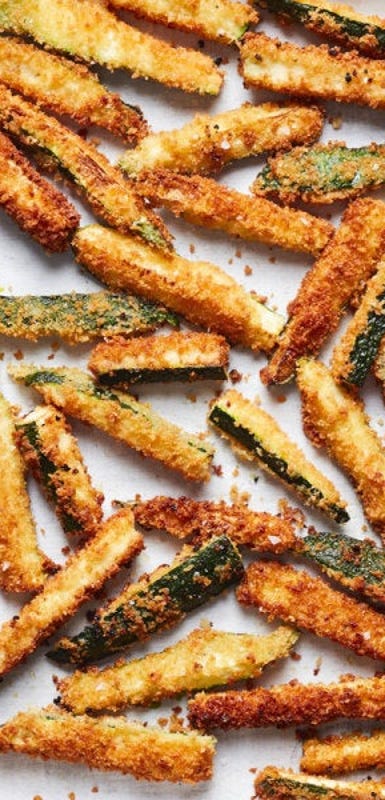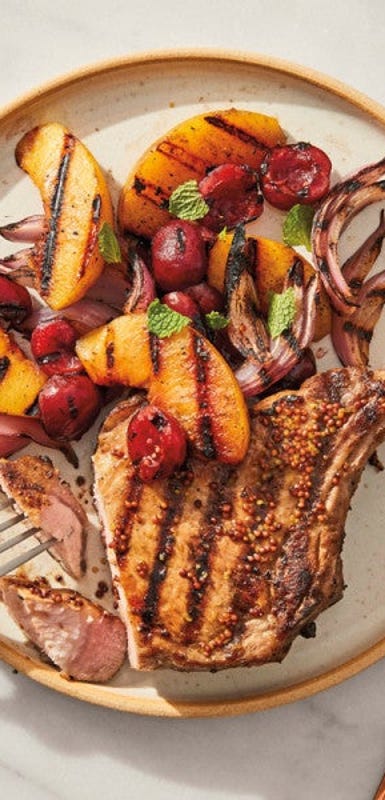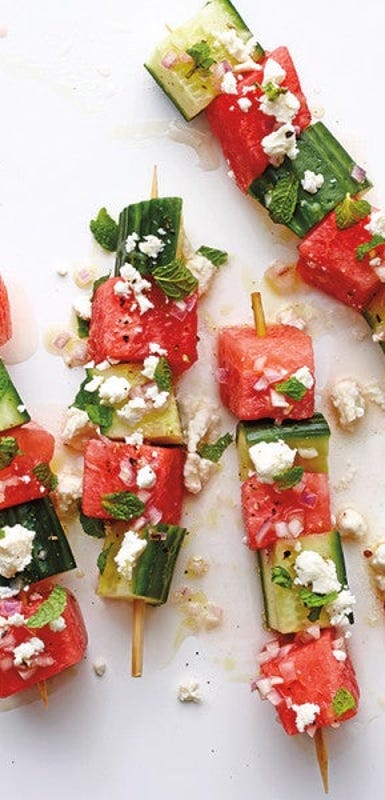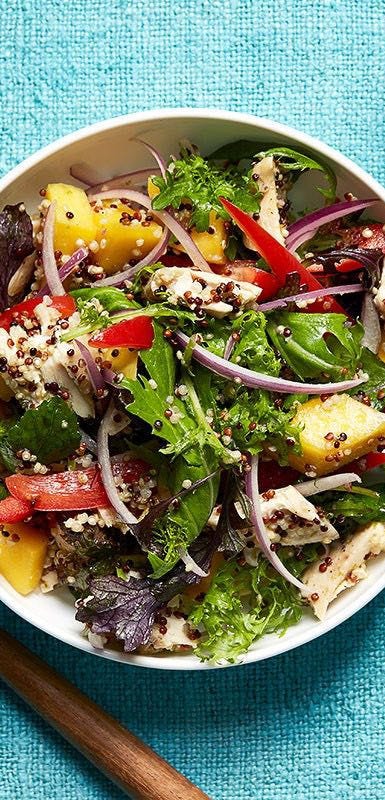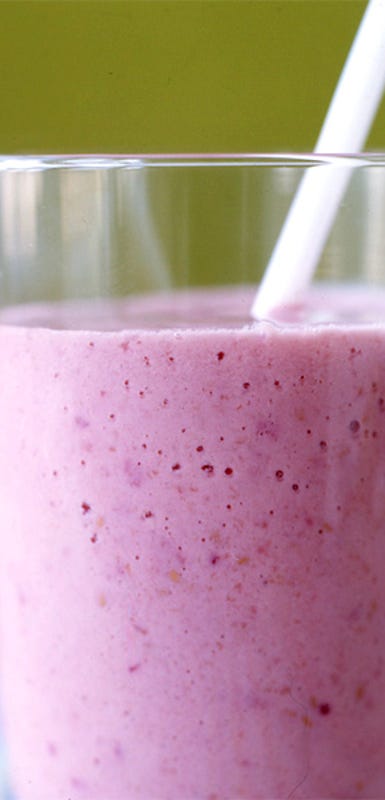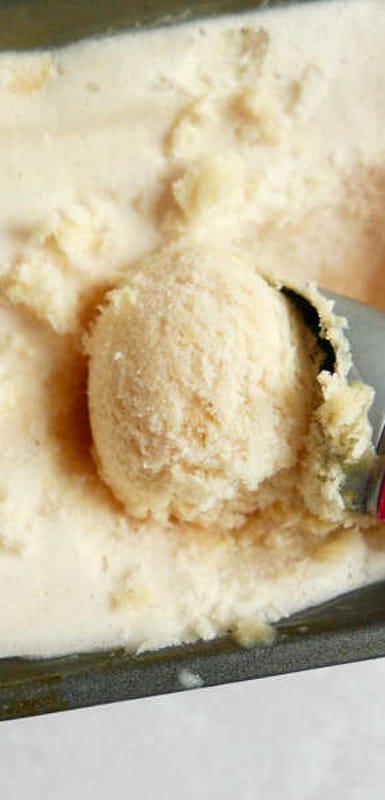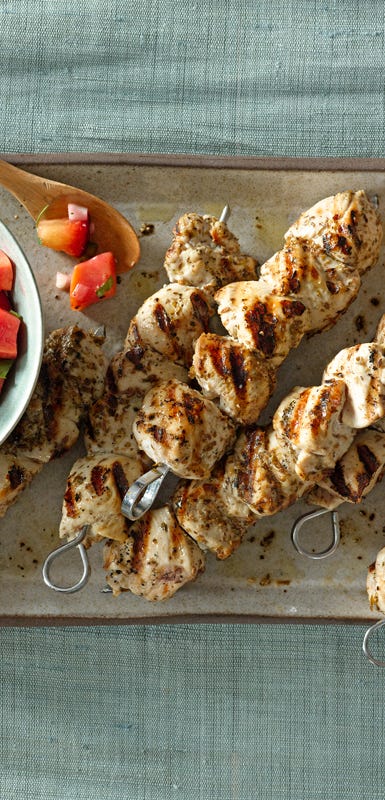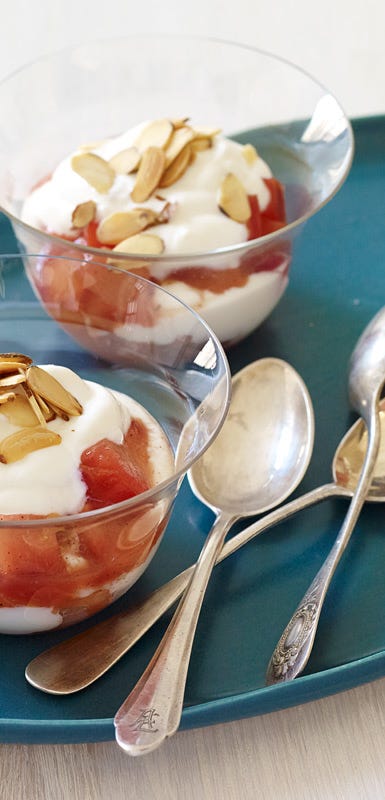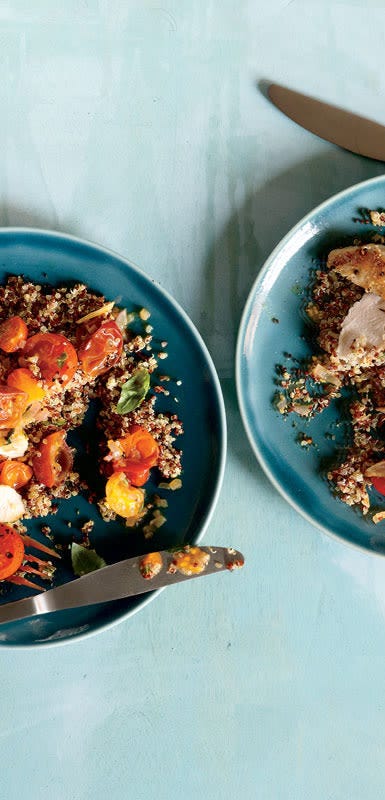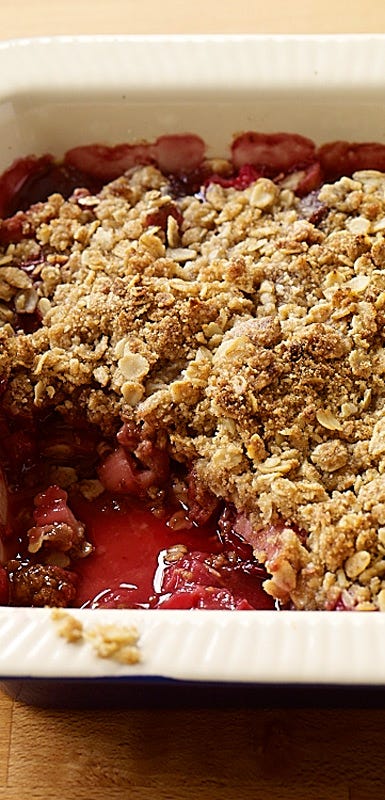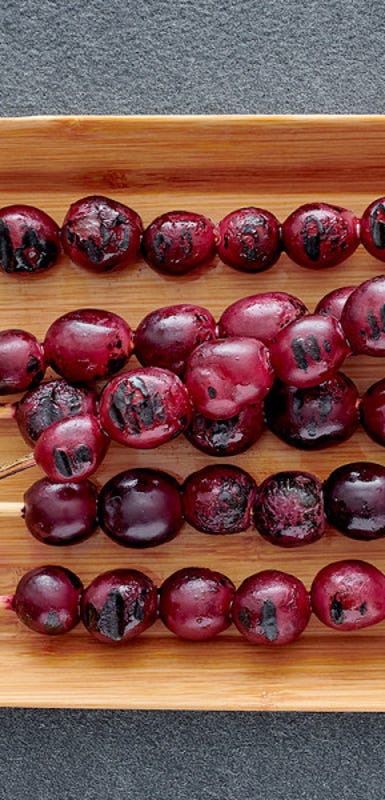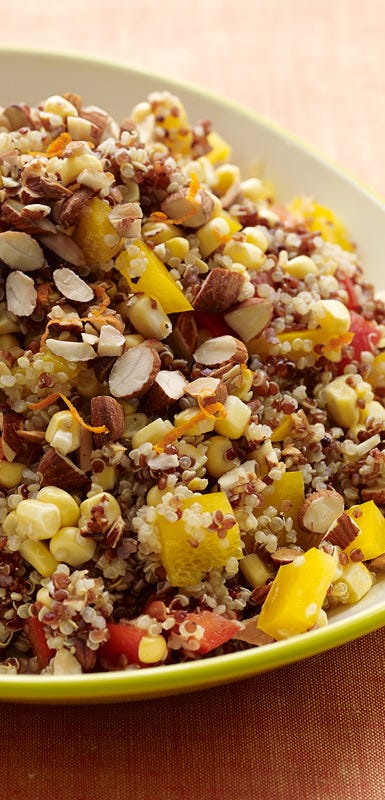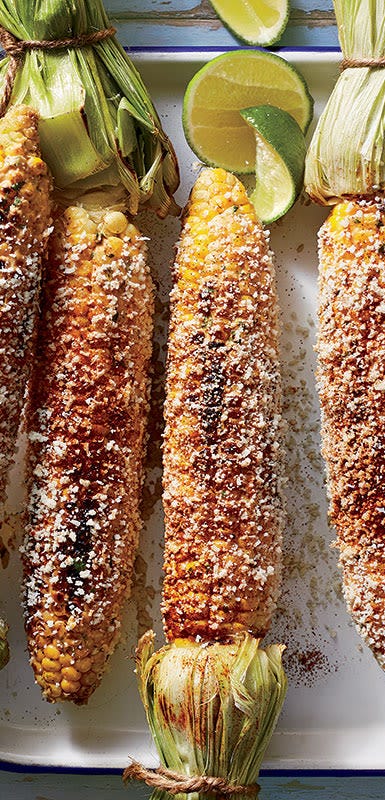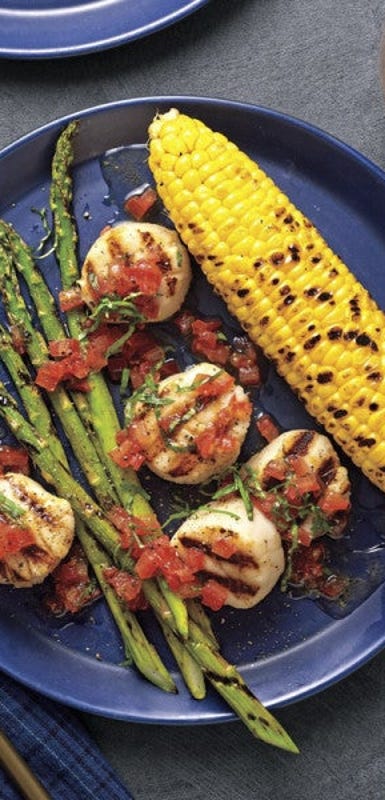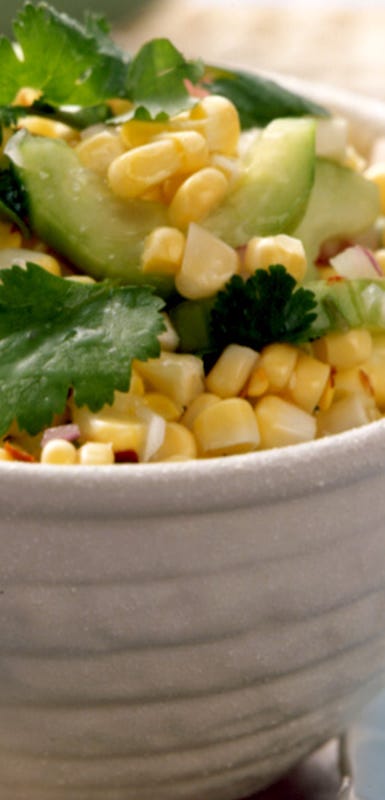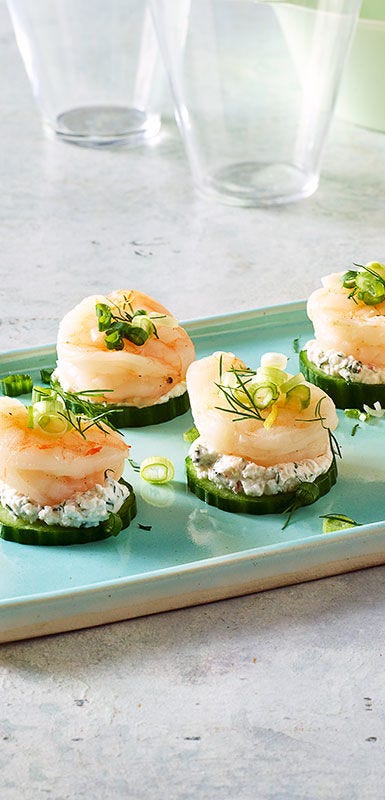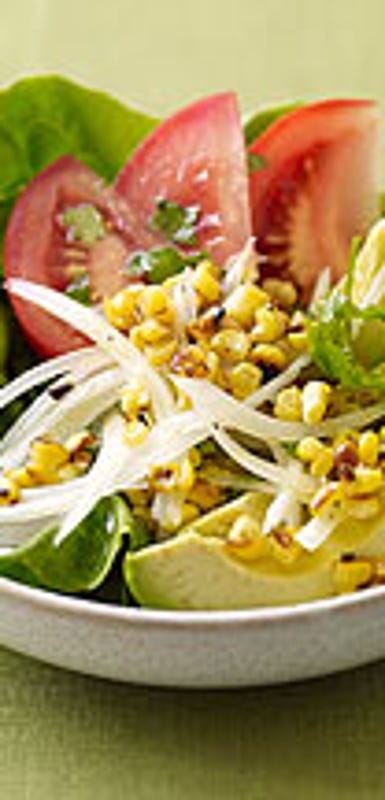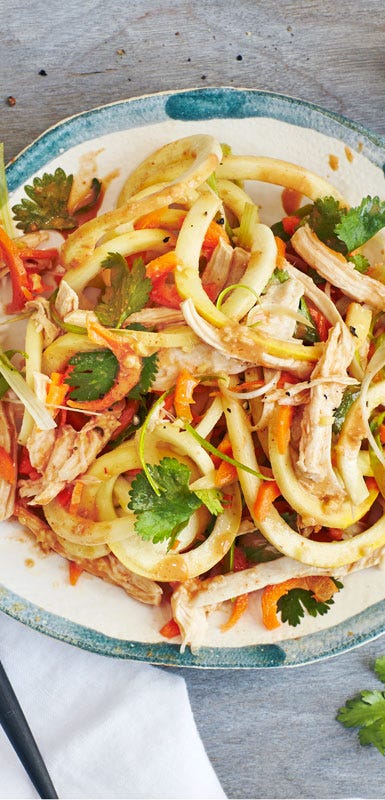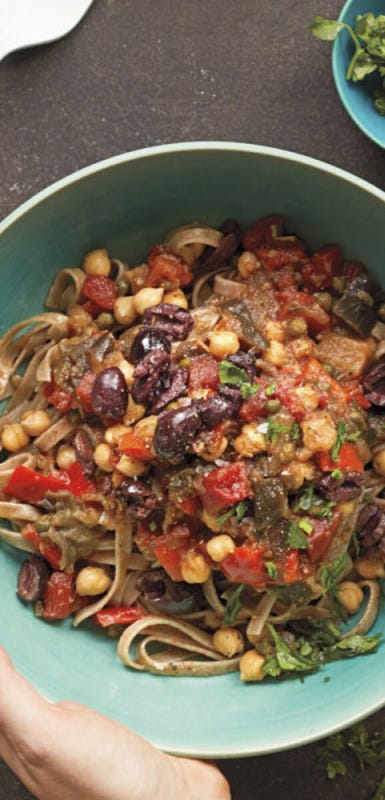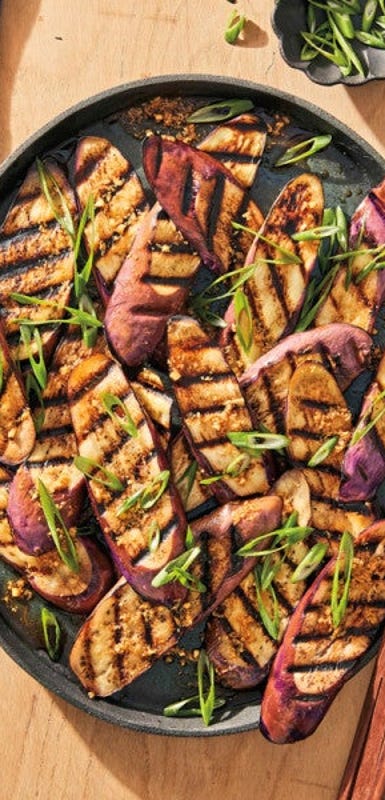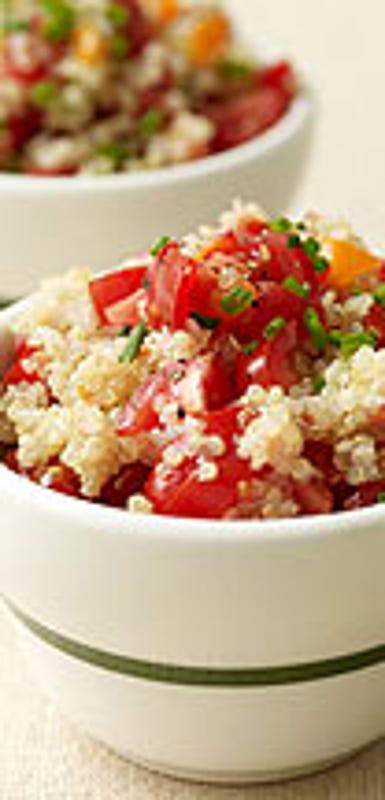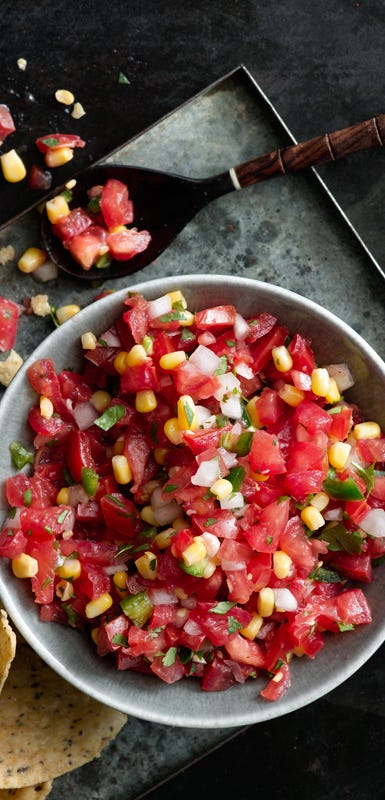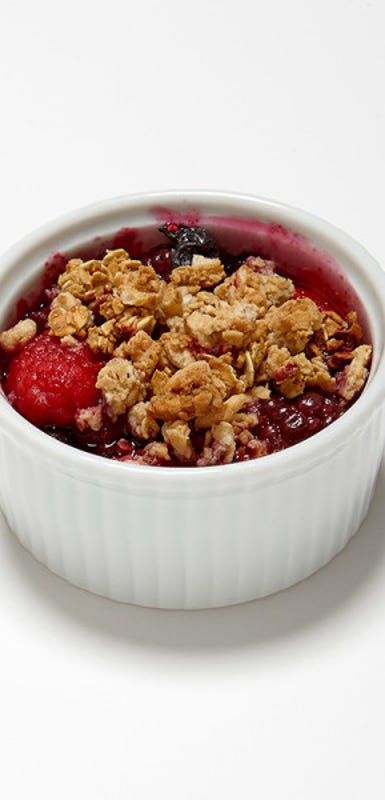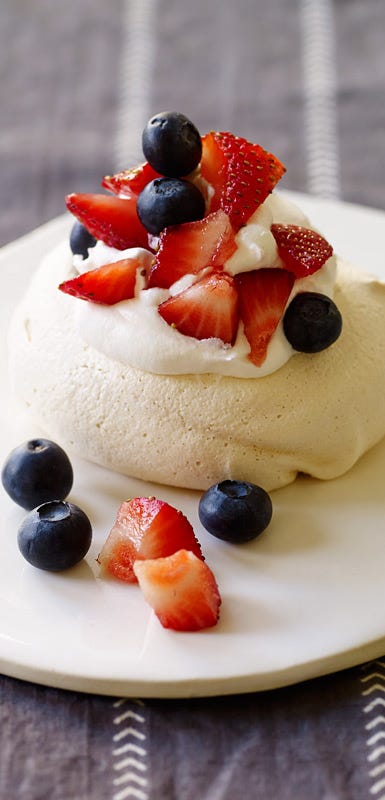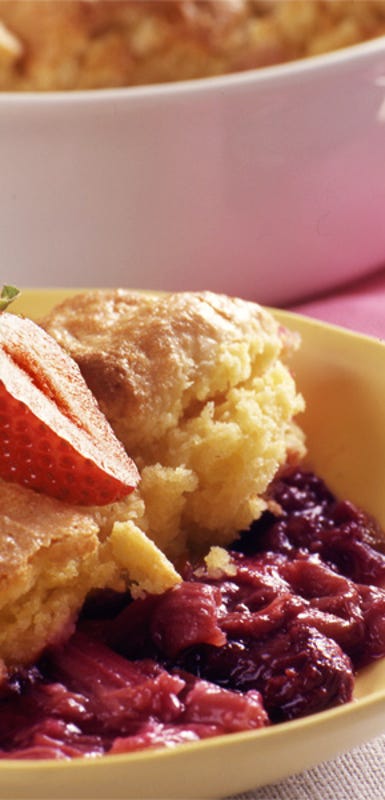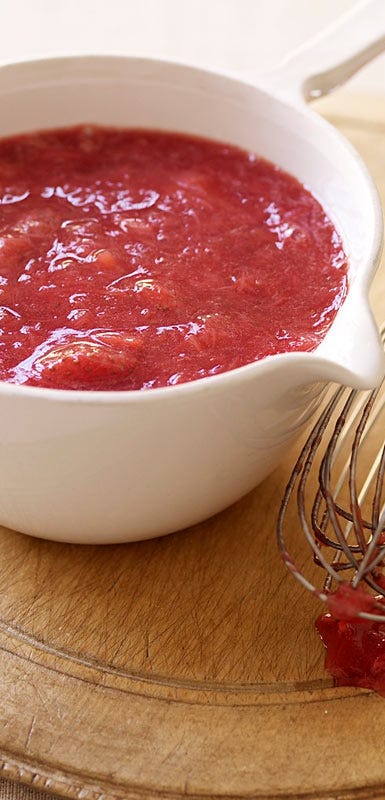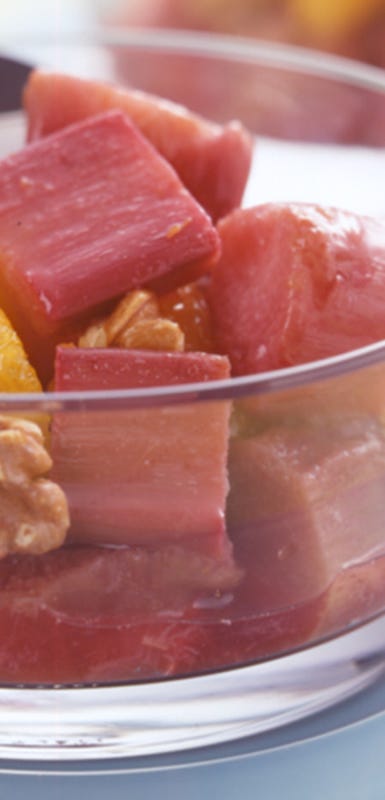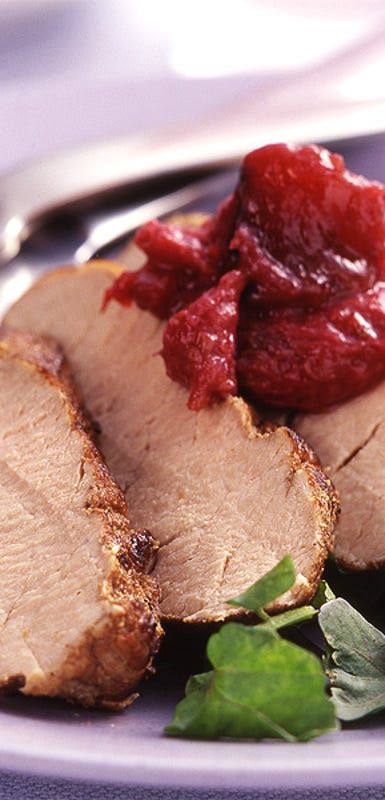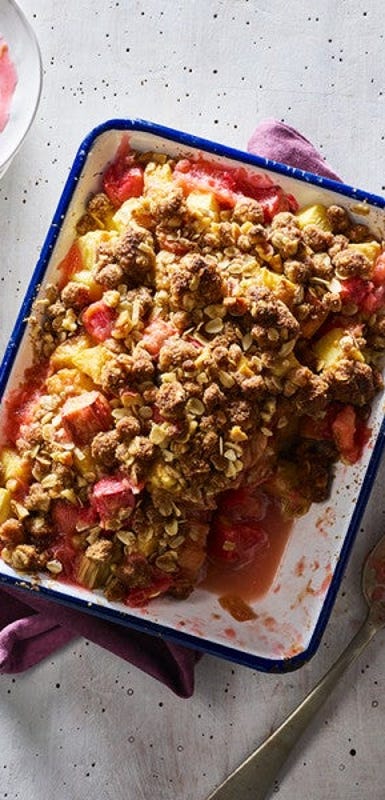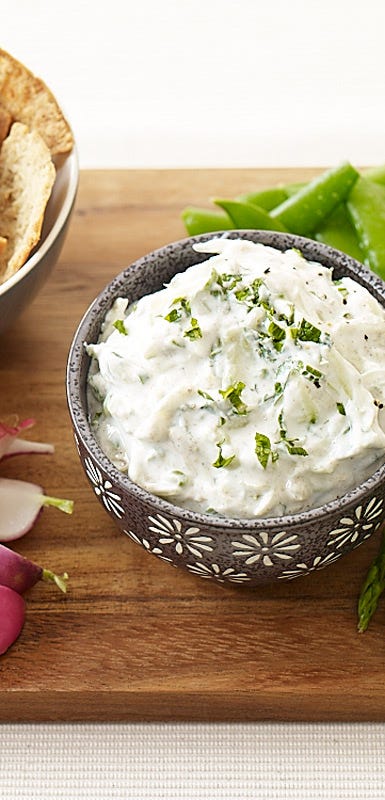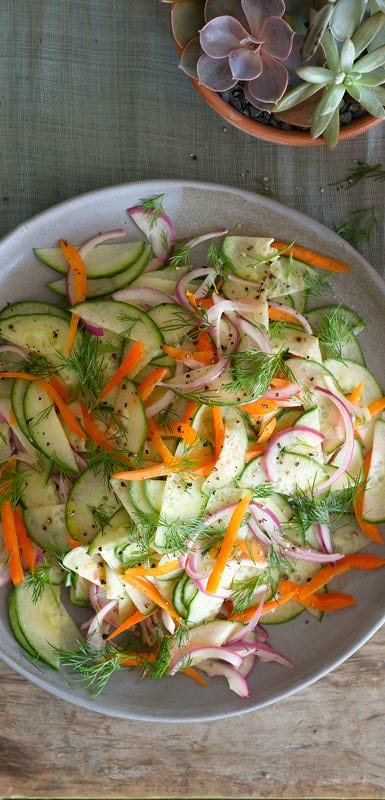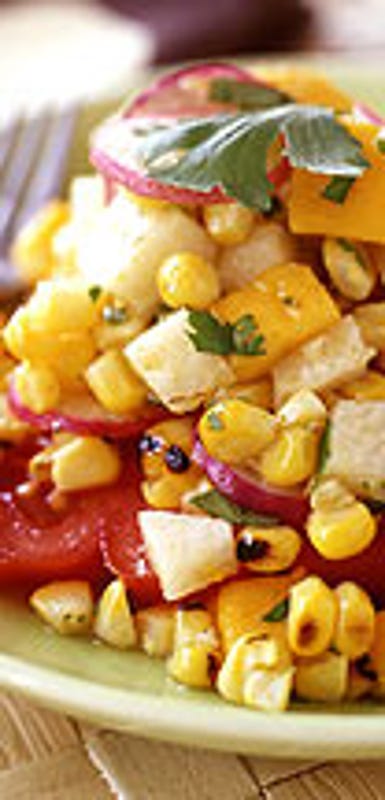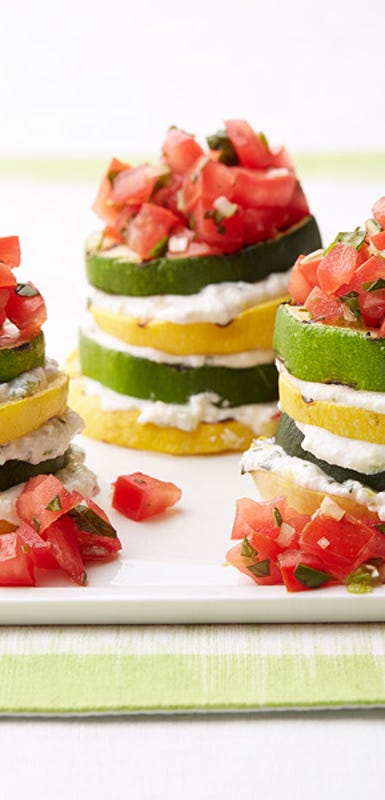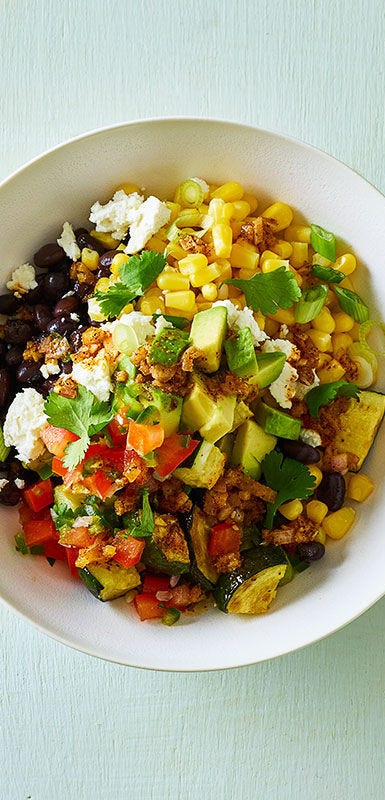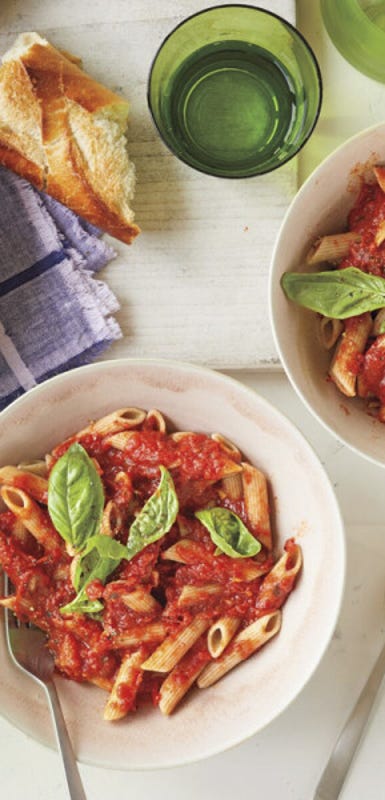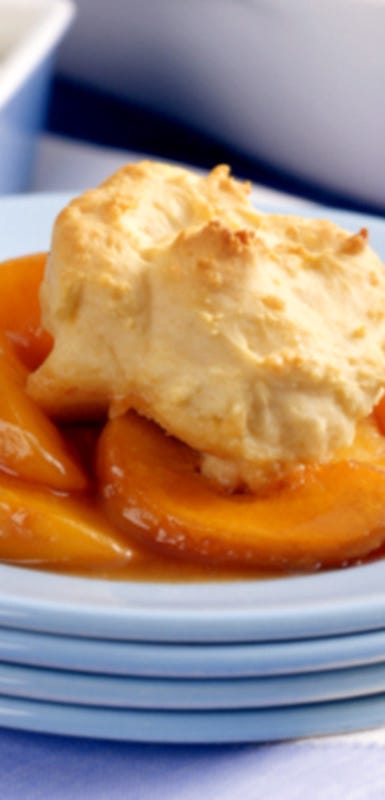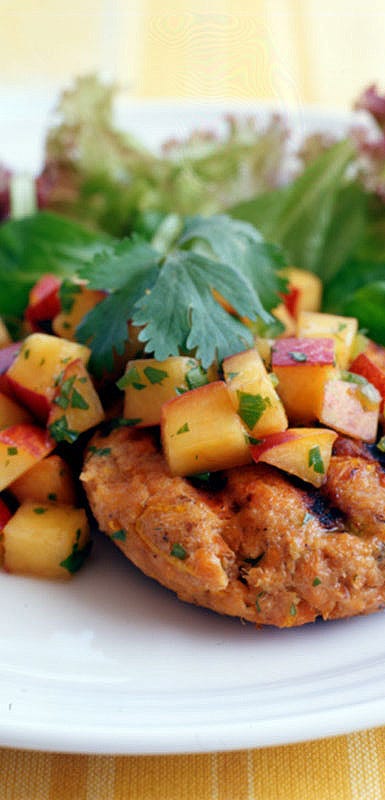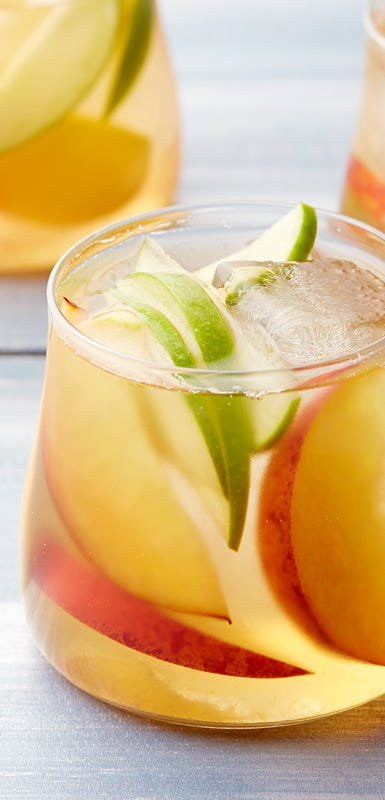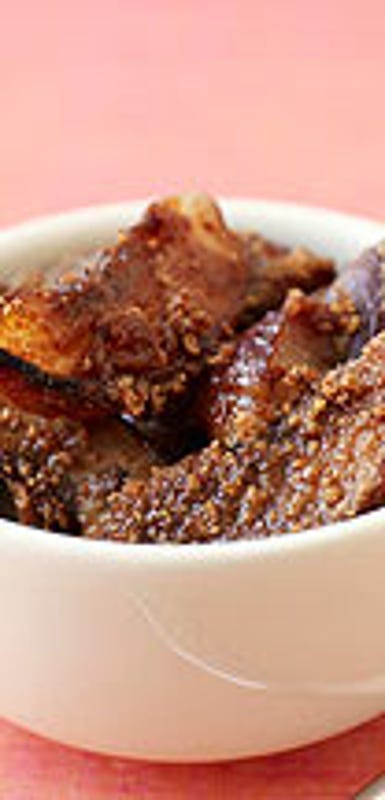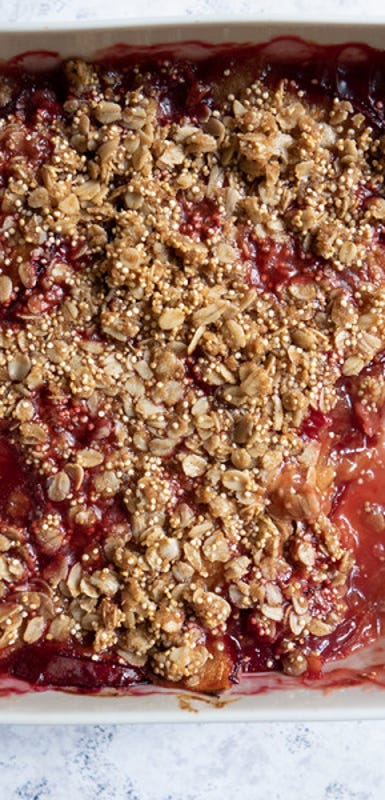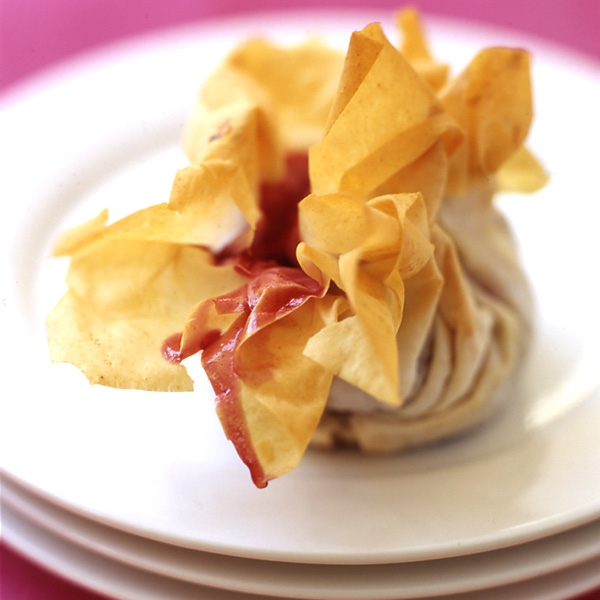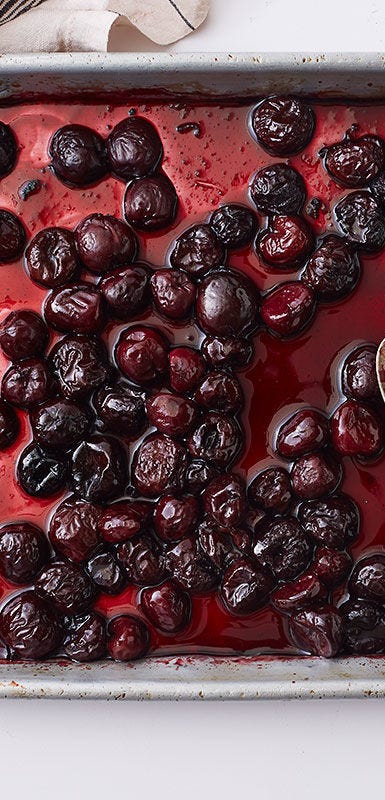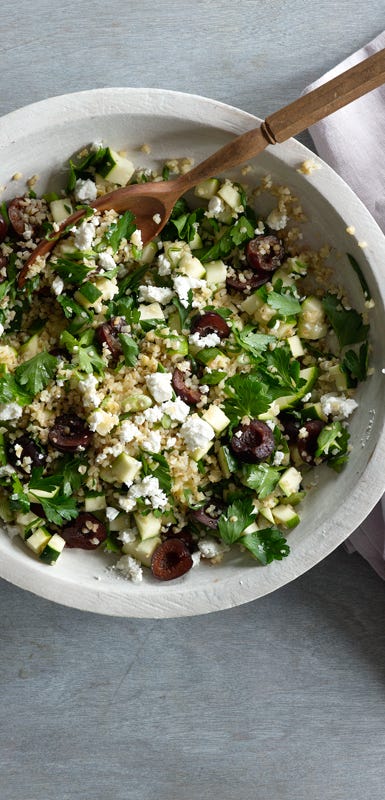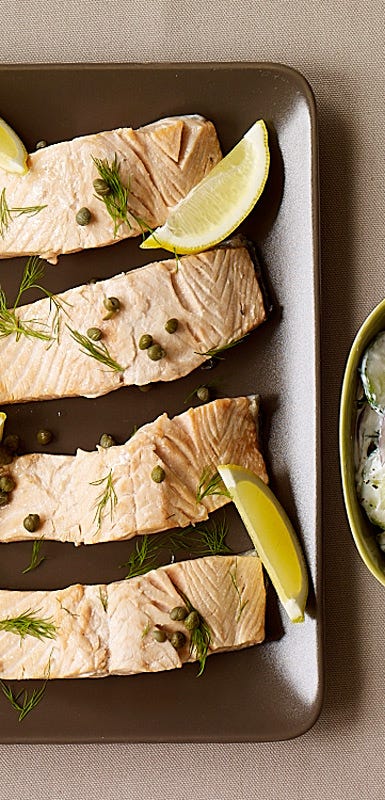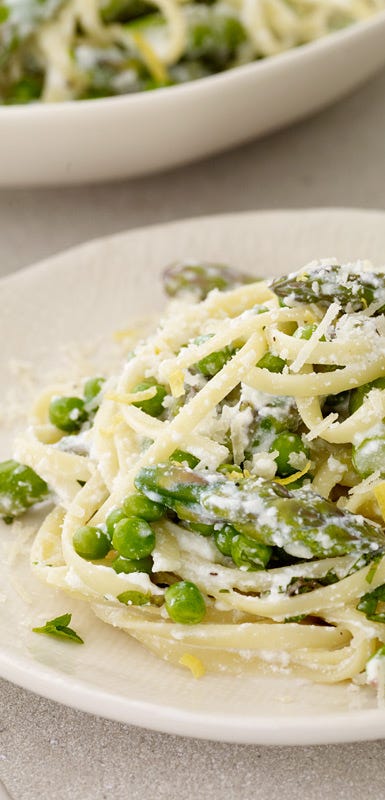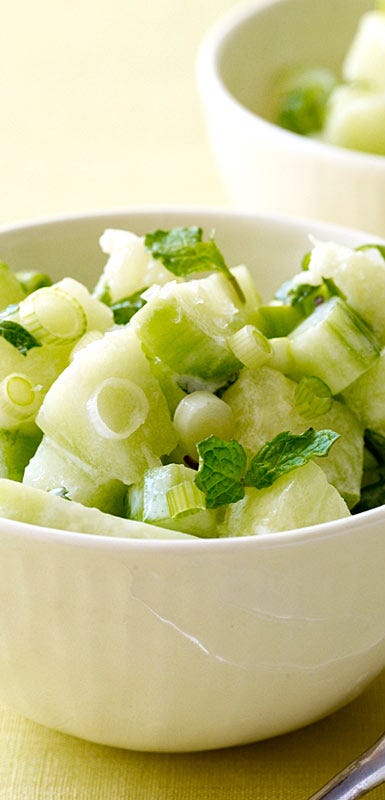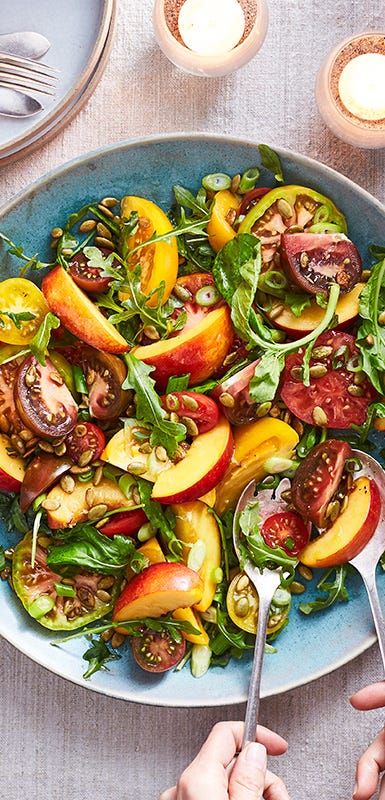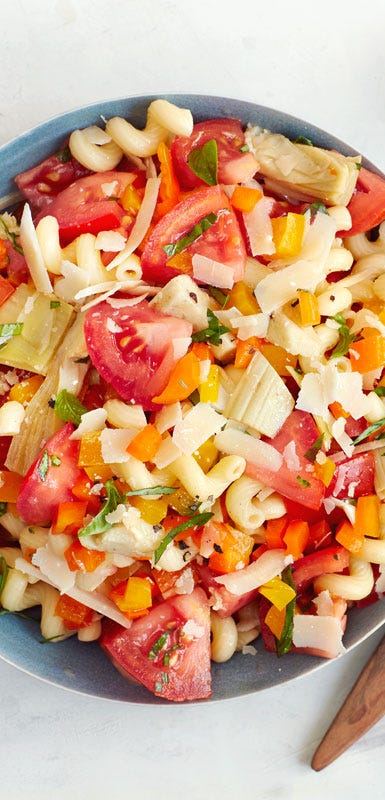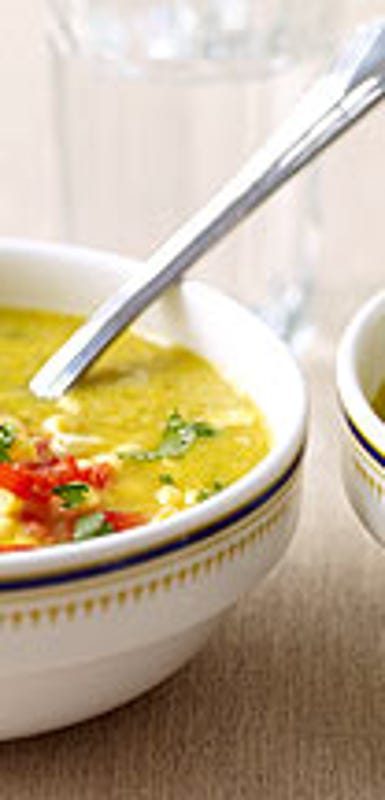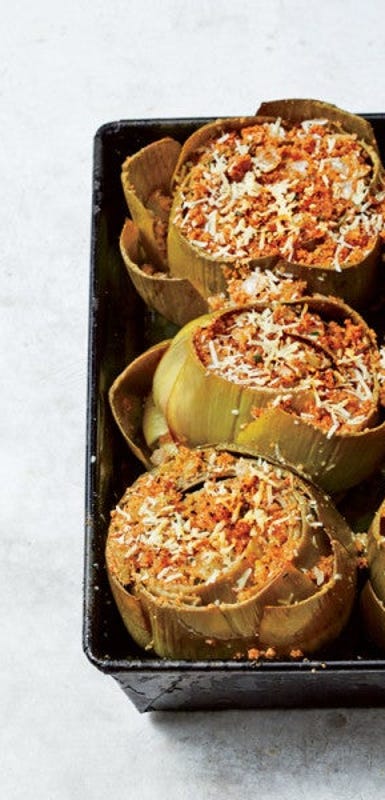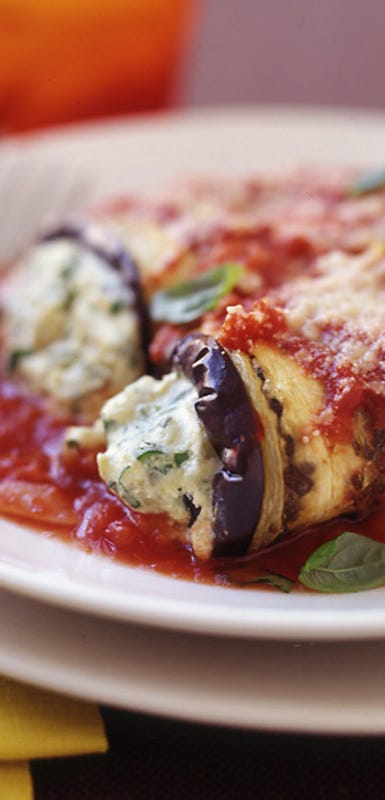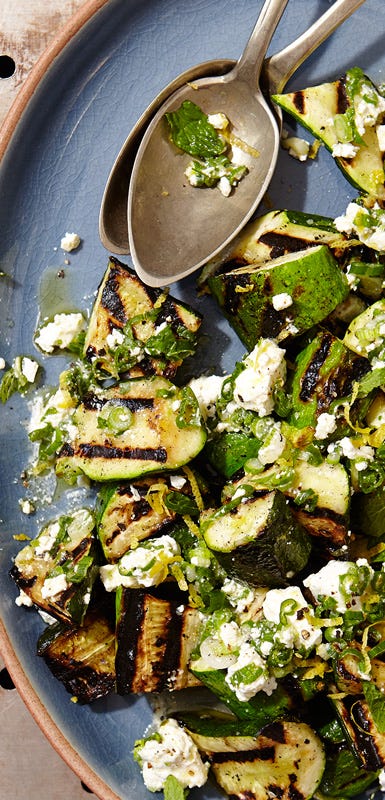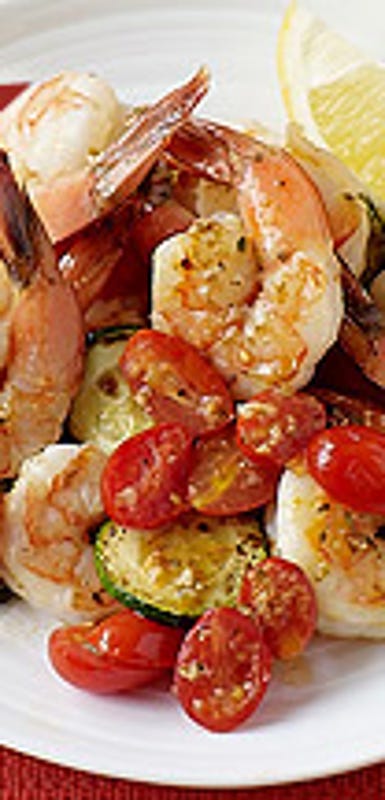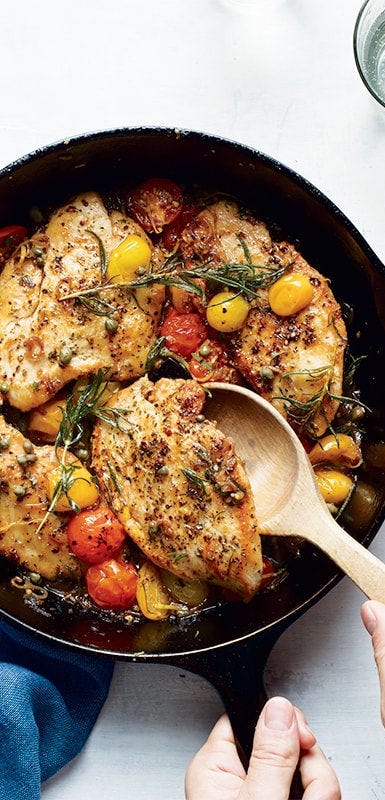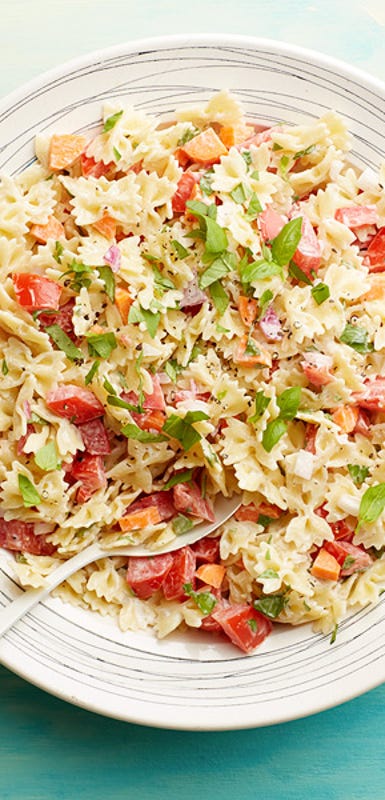Seasonal Summer Canadian Produce
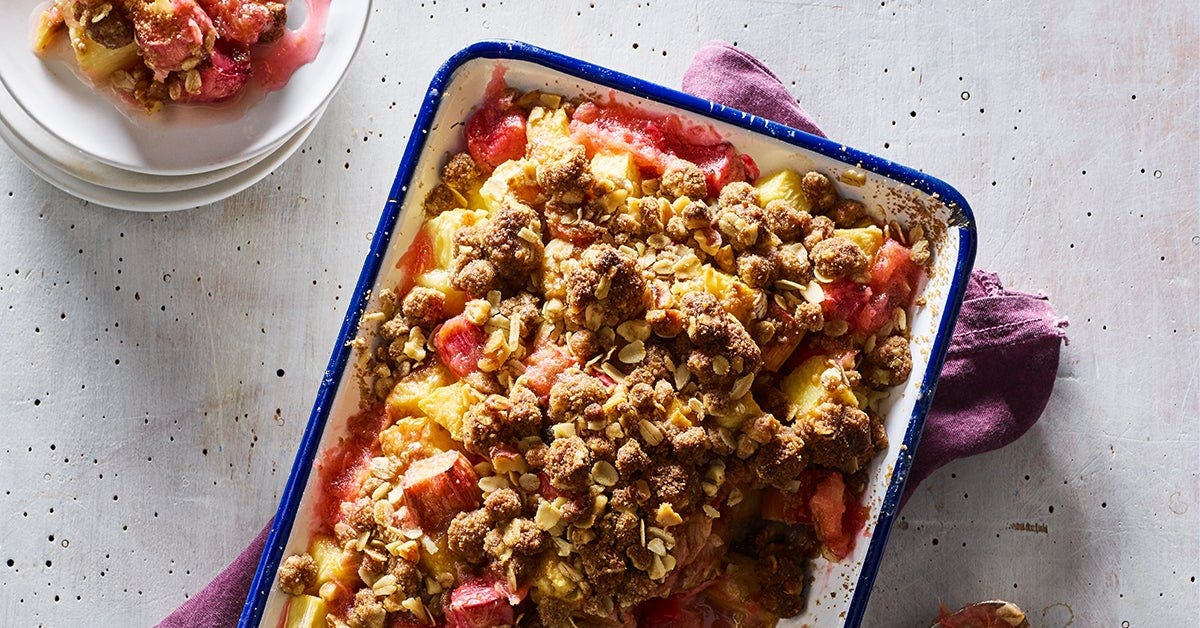
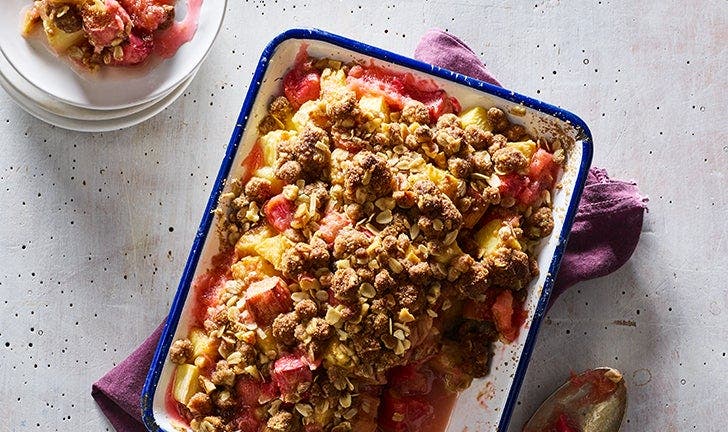
From sea to shining sea, this warm weather recipe roundup showcases the very best seasonal produce that Canada’s growing regions have to offer.
Atlantic Canada
What’s in season: blueberries, cantaloupe, cherries, raspberries, strawberries, cucumber, peas, radishes, tomatoes, eggplant, summer squash
Keep the summer flavour going: Whether you pick your own berries or buy them by the punnet at the farmers market, the best way to preserve berries for long term storage is to freeze them. Sort through the berries first, removing any stems or subpar berries, and then wash in cold water. Drain the berries and let them air dry in a single layer on paper towel. Spread the berries across a rimmed baking sheet and freeze for several hours. Once the berries are frozen solid, transfer them to a resealable freezer bag for storage.
These recipes make use of seasonal produce from the Maritimes:
Central Canada
What’s in season: grapes, peaches, nectarines, plums, watermelon, corn, beans, beets, tomatoes, broccoli, cucumber, cauliflower, summer squash
How to choose fresh corn: To avoid woody-tasting or dry corn on the cob, look for corn kernels that are plump and firm (you should be able to feel the kernels by running your fingers over the husk.) Other signs of lacklustre corn include small brown holes in the husk (these are often wormholes), overly soft kernels, as well as dry and/or dark corn silk. Enjoy fresh corn as soon as possible once you bring it home, preferably within a day or two, as the longer corn sits the more sweetness it loses.
Try these summery recipes featuring produce from central Canada:
Prairie provinces
What’s in season: rhubarb, saskatoon berries, gooseberries, corn, tomatoes, beans, cucumber, summer squash, cauliflower, beets
How to use berries from the prairies: Saskatoon berries are similar in colour to blueberries and have an earthy, marzipan-like flavour. They can be eaten raw, added to baked goods, fruit-based desserts, savoury sauces, jams, and chutneys. Ripe gooseberries are bright orange with a similar flavour to Muscat grapes. They can be served raw, grilled, pickled, made into a fruit salsa, or added to desserts. Feel free to substitute saskatoon berries or gooseberries for the fruit called for in any of the berry desserts below.
These recipes make good use of produce from the prairies:
Western Canada
What’s in season: peaches, nectarines, plums, cherries, apricots, cantaloupe, watermelon, corn, tomatoes, beans, peas, artichokes, summer squash, beets
How to store stone fruit: If the fruit is still slightly underripe, let it sit covered with a clean tea towel for a day or two or until your fingers leave a small dent when the fruit is lightly pressed. Ripe fruit should be stored in the crisper, either in a paper bag or loose, and eaten within the next week. Plastic bags collect moisture, which can cause the fruit to deteriorate in quality at a faster rate.



